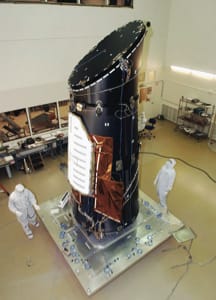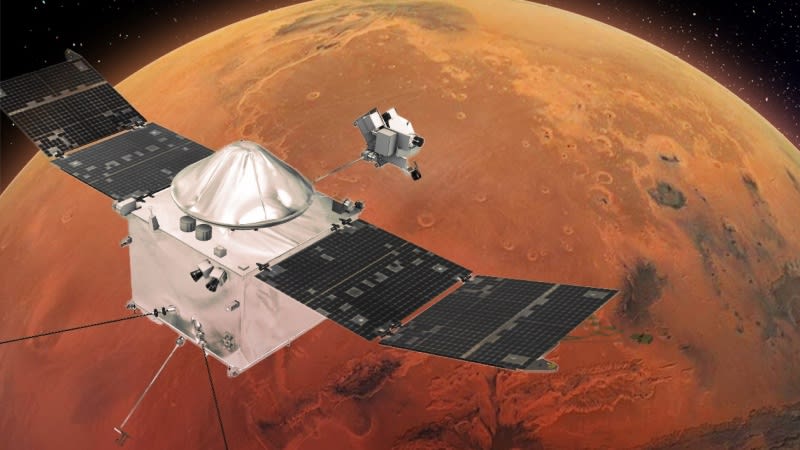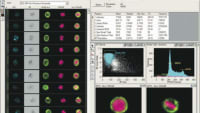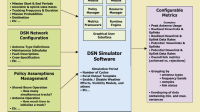The Kepler mission Science Operations Center Science Pipeline Release 6.0 software system was named 2010 NASA Software of the Year by the NASA Software Advisory Panel. Designed, developed, and operated by the Kepler Science Operations Center (SOC) at NASA’s Ames Research Center in Moffett Field, CA, the SOC software system is used to find Earth-sized planets using photometric data acquired from the
Kepler spacecraft.

The SOC is responsible for several aspects of the Kepler mission, including managing targets, generating onboard data compression tables, monitoring photometer health and status, processing science data, and exporting Kepler Science Processing Pipeline products to the Multi-mission Archive at Space Telescope [Science Institute] (MAST). The pipeline framework software developed for the Kepler Mission is used to achieve these goals, including development of pipeline configurations for processing science data and performing other support roles, and development of custom unit-of-work generators for controlling how Kepler data are partitioned and distributed across the computing cluster. It includes an interface between the Java software that manages data retrieval and storage for a given Kepler’s target region in the Milky Way. (NASA) unit of work, and the MATLAB algorithms that process the data. The data for each unit of work are packaged into a single file that contains everything needed by the science algorithms, allowing the files to be used to debug and evolve the algorithms offline.
The Kepler mission is the first NASA mission capable of finding Earth-sized “habitable zone” — the region in a planetary system where liquid water can exist on the surface of the orbiting planet. The mission is specifically designed to survey a portion of our region of the Milky Way galaxy to determine how many of the billions of stars in our galaxy have such planets. Results from this mission will allow us to place our solar system within the continuum of planetary systems in the galaxy.
Kepler is a space observatory that looks for the data signatures of planets by measuring tiny decreases in stars’ brightness when planets cross in front of, or transit them. The size of the planet can be derived from the change in the star’s brightness. The Kepler mission has released data that could double the number of known planets outside the solar system. Of the 165,000 stars the Kepler mission has been monitoring for planetary transits, approximately 750 of them reveal planetary candidates. All of these discoveries were made possible by the SOC software system.
The Kepler Science Team announced 1,235 planet candidates on February 1. Some candidates may not be planets. Instead, they may be false positives that look like transiting planets, but are not.
Many scientists are doing follow-up observation with ground-based telescopes to confirm discoveries.

The Kepler photometer is composed of just one “instrument,” which is an array of 42 CCDs (charge coupled devices). Each 50 × 25-mm CCD has 2200 × 1024 pixels. The CCDs are read out every three seconds to prevent saturation. Only the information from the CCD pixels where there are stars brighter than about R magnitude of 16 is recorded. (The CCDs are not used to take pictures. The images are intentionally defocused to 10 arc seconds to improve the photometric precision.) The data are integrated for 30 minutes. Data from the individual pixels that make up each star of the 100,000 mainsequence stars are recorded continuously and simultaneously. The data are stored on the spacecraft and transmitted to the ground about once per month.
For more information on the Kepler SOC software, visit www.nasa.gov/offices/oce/ icb/winners/soy/2010_soy.html. Visit http:// kepler.nasa.gov for more information on the Kepler mission.
NASA’s Software of the Year Competition
The runners-up for the 2010 award were LEWICE, Version 3.2.2 from Glenn Research Center in Cleveland, OH, and the Direct Readout Laboratory (DRL) International Polar Orbiter Processing Package (IPOPP) from Goddard Space Flight Center in Greenbelt, MD.
The Office of Safety and Mission Assurance and the Chief Information Officer sponsor the NASA Software of the Year Competition to identify innovative software technologies that significantly improve the agency’s exploration of space and maximize scientific discovery on Earth. A NASA Software Advisory Panel assesses and ranks entries, and reports its findings to NASA’s Inventions and Contributions Board (www.nasa.gov/offices/oce/icb/).






















